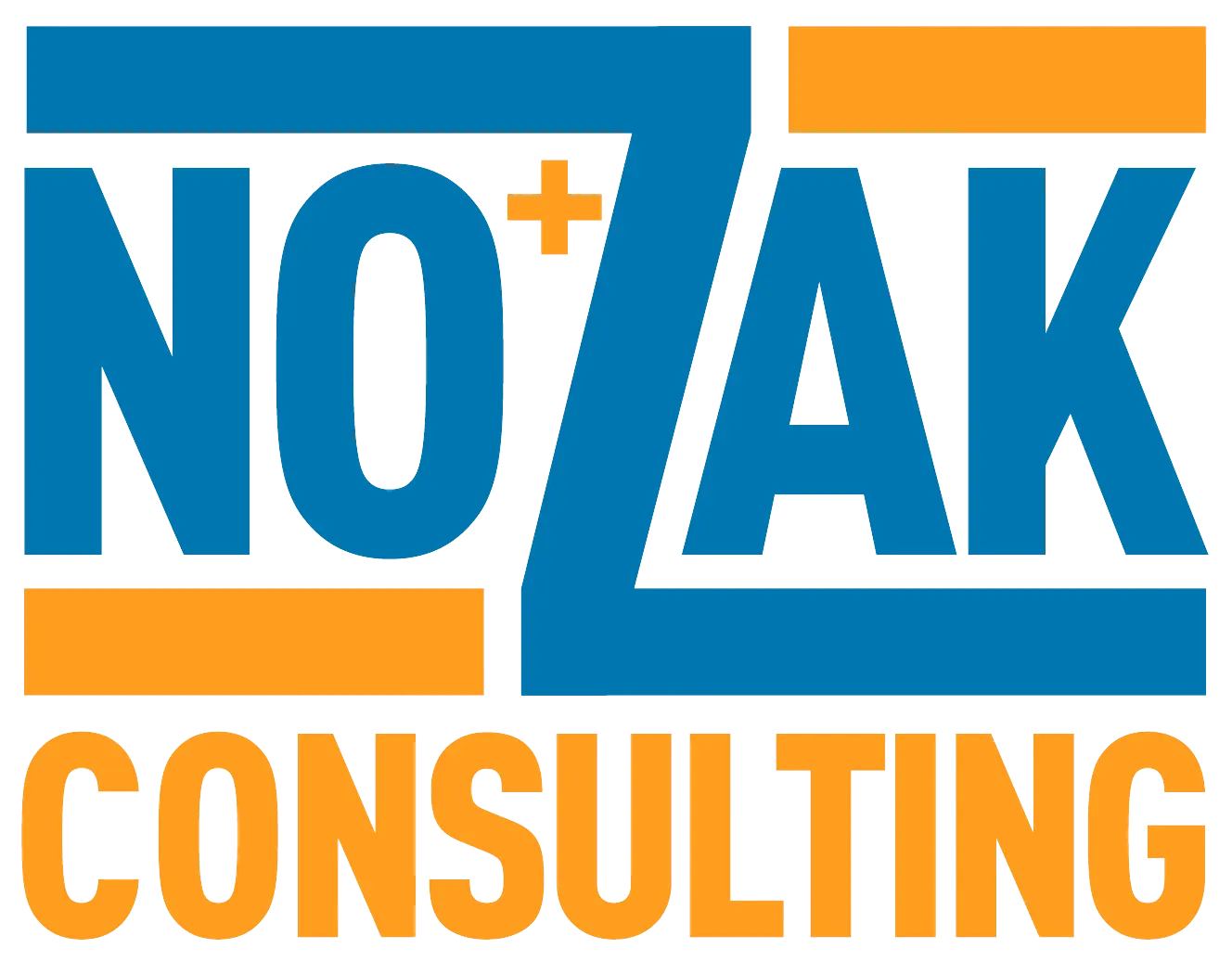What is Internal Linking?
Internal linking – A hypertext link that points to another page within the same website. Internal links can be used as a form of navigation, directing visitors to pages within the website. Links assist with creating good information architecture within a site.
How Links Historically Influenced Search Engine Rankings
The concept of using links as a way to measure a site’s importance was first made famous by Google with the implementation of its PageRank algorithm.
In essence, each link to a web page is like a vote for that page. However, it’s not as simple as the page with the most votes wins.
Links & linking pages are not created equal. Certain links will carry more weight than others.
Think of links/internal links as editorial endorsements.
Cross-link relevant content – Linking articles that cover related material can be very powerful.
It helps the search engine ascertain with greater confidence how relevant a web page is to a particular topic.
This gets trickier the larger the site.
Relevant Ways to build internal linking:
- “Frequently Bought Together”
- “Customers Who Bought This Item Also Bought”
Sections are SEO friendly ways to group products into categories to establish the relevance of the page to specific topic areas and create links between relevant pages.
HAVE A SITE ARCHITECTURE THAT WILL ALLOW YOU TO CROSS-LINK RELATED ITEMS
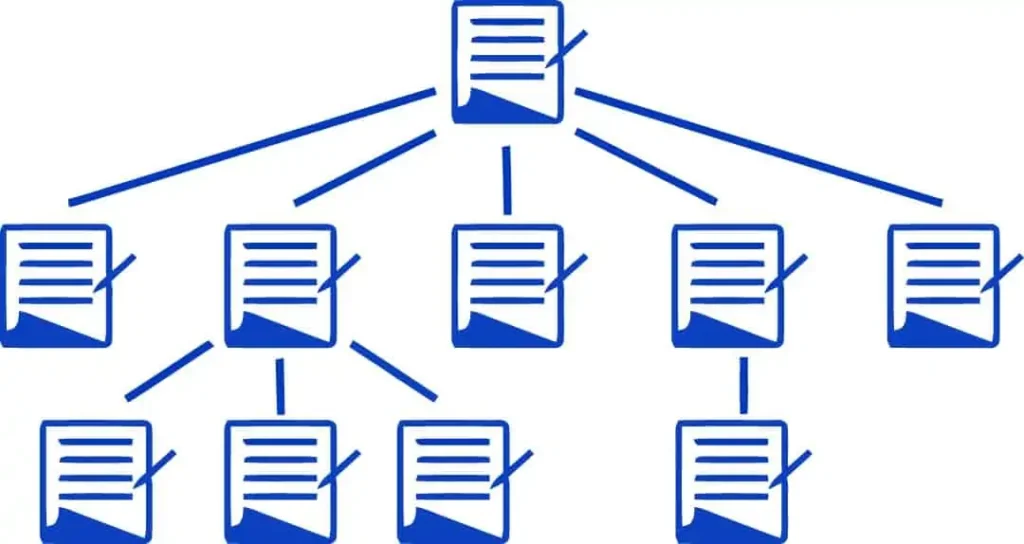
Anchor Text
Anchor text refers to the clickable part of a link from one web page to another.
Anchor text is a golden opportunity to strengthen the crawlability and site architecture.
Anchor text remains an integral part of search algorithms, but now the search engines look for unnatural patterns of anchor text (too much of a good thing).
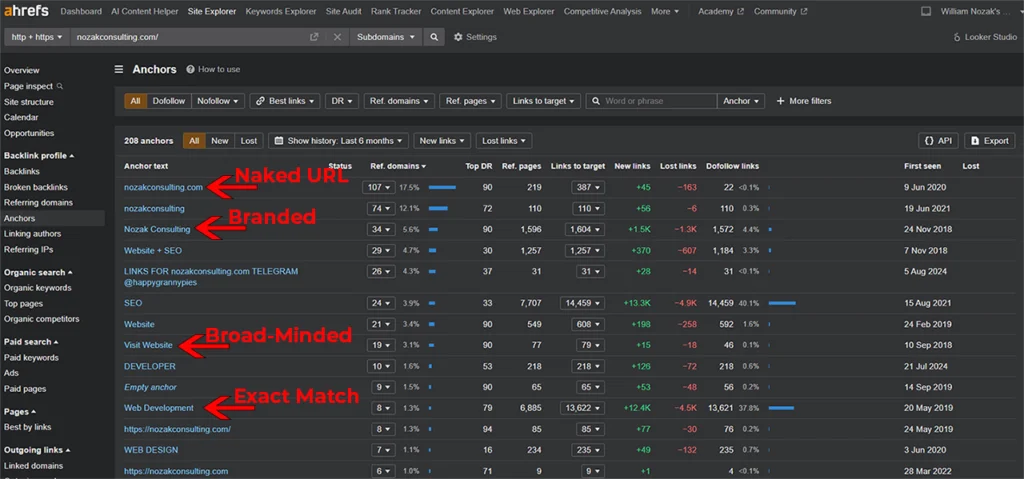
Exact-match anchor text – was the protocol – but it was abused.
Keyword-infused anchor text – Still widely used, intuitive, and user-friendly.
Broad-minded approach – Descriptive text, avoiding (More, click here). Aim to be as specific and contextually relevant as possible and include phrases when appropriate within your link text.
i.e., One of our top services, hardwood floor cleaning in Tulsa versus Hardwood floor cleaning Tulsa
Consider using a mixture of all three!
But make sure your marketing, developers, content teams know when each style is used and when it is not!
What is Internal Linking and How Can You Use it for SEO? https://t.co/0MTen2VFQ7
— The Social Marketers (@TheSocialMs) October 5, 2020
Customizable Anchor Text on Navigational Links
Contact, About Us, Read More, Full Article, and so on make for lousy anchor text – from an SEO standpoint.
Make the main nav items keyword-rich.
Misleading Anchor Text
Although a subtle issue, if the page is about tile cleaning, do not link to it with carpet cleaning language.
Penguin Update – Links
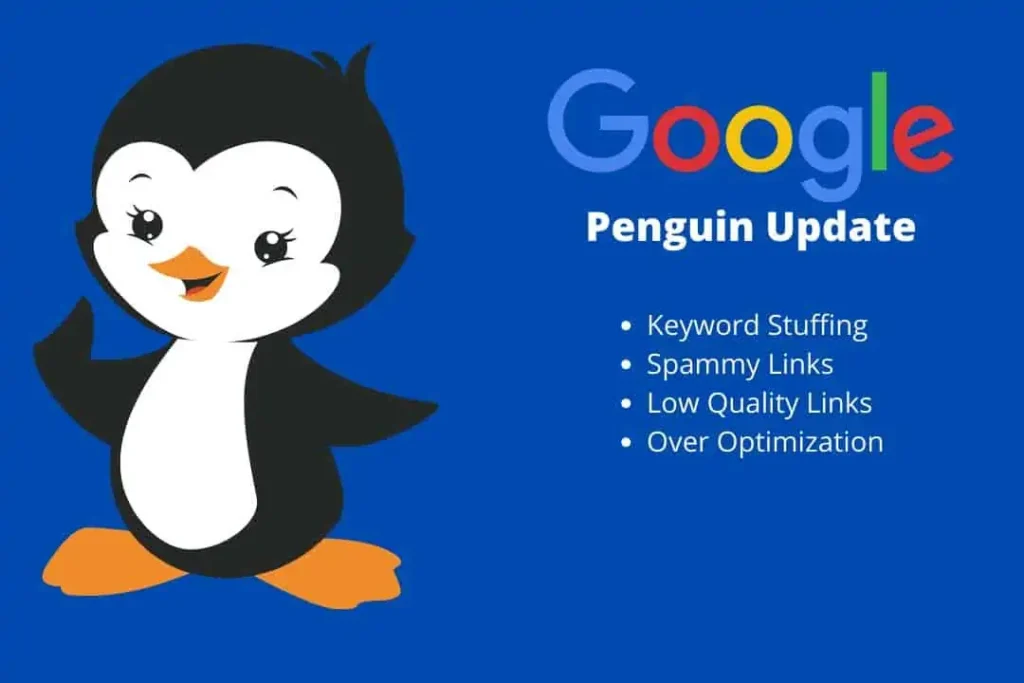
Links that Google does not like
- Article Directories
- Cheap Directories
- Excessive Rich Anchor Text
- Excessive use of rich anchor text was also a part of the initial release of Penguin. Specifically, Penguin targeted too many instances of the same anchor text pointing to any URLs on your site. Google does not expect, or want, all links to say, “click here,” but it sees it as a signal of spammy behavior when the exact same keyword-rich anchor text is used repeatedly.
- Low-relevance International Links
- Comment Spam
Link Tracking
Keep a document of links over time – that these individual pages earn – to measure which are most authoritative and should be replicated across the entire site.
With this tracking, link growth and how it affects search rankings can be analyzed.
Additionally, it would be good to understand which links the competition has to their top pages as well.
Structural Decisions
One of the most important decisions to make about a website concerns internal linking and navigational structures, which are generally mapped out in a site architecture document.
What pages are linked to from the home page?
What pages are used as top-level categories that then lead site visitors to other related pages?
Do pages that are relevant to each other link to each other?
There are many aspects to determining a linking structure for a site.
It is a significant usability issue because visitors make use of the links to surf around the website.
For search engines, it helps direct crawlers in knowing what pages you consider the most important.
Before you make wholesale changes to a site structure, obtain a current site information architecture (IA) document for reference.
From there, you can decide where the new service pages should fit into the design.
Target Keywords
Keyword research is a critical component for anchor text building.
What search terms do people use when searching for products/services similar to yours?
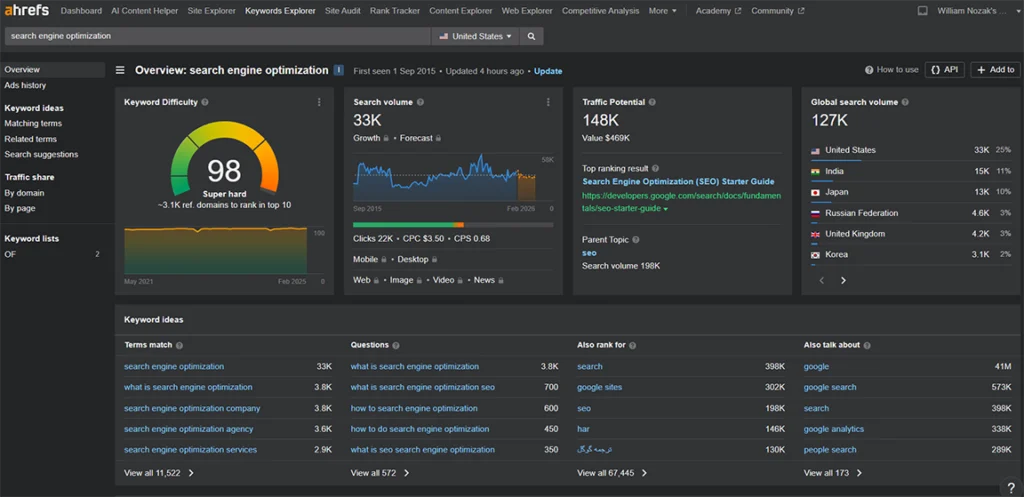
How do these terms match up with your site hierarchy?
Ultimately, your pages’ logical structure should match up with the way users think about products/services like yours.
Consider Amazon.
Fixing an Internal Linking Problem
With enterprise sites, an inaccurate distribution of internal link juice is a significant problem.
Blogs, articles, tools, popular news stories, and so on – receive too much internal link juice or more than their fair share.
At least in principle, the solution is simple: have the link-rich pages spread the wealth to less linked pages.
When websites get too large, it becomes complex to identify link-rich pages versus link-poor pages, and fixing the issue is labor-intensive.
This is why tracking inbound links and/or rankings is imperative.
With this knowledge, you can build bridges that funnel authority from highly authoritative pages to less authoritative pages.
Link Opportunities
If you want a search-friendly site, the robots need to be able to follow links throughout your site.
Does your home page provide links to your landing pages?
There may be some obvious opportunities for internal links that you aren’t currently taking advantage of. Inside the copy, look for product names, calls to action, or other opportunities to add robot-friendly HTML links to your assets/pages.
Setting up an Internal Linking Strategy
Your site’s SEO must evaluate and improve the internal linking strategy regularly.
By adding the right internal links, you make sure Google understands:
- the relevance of pages;
- the relationship between pages;
- and the value of pages.
Breadcrumb Navigation
Allow the user to see how far down they are in the navigation hierarchy.
Make sure the anchor text in the breadcrumb is keyword-rich, along with the main nav items.
Link Depth
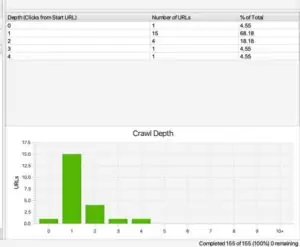
Search engines will check the site architecture from a link depth perspective.
This level of analysis will give the bots clues into the most important pages/services.
The question is – how many clicks does it take me to get to a service from the home page?
A resource that is one click from the home page is clearly important, whereas something that is five or six clicks away is not nearly as influential.
Keep the site architecture as flat as possible to minimize clicks from the home page.
In the end, it is about user experience.
You can use a tool such as Screaming Frog for a site architecture and crawl visual analysis.
Static, Keyword-rich URL
When choosing the page URLs, keep it as close to the keyword as possible.
This can be a problematic SEO issue.
Likely you will match up Slug, Title, H1, keyword percent, H2 variation, images, and more.
Internal Linking Cleanup 4XX
Before you move on to the new project, clean up the existing website.
References
Engle, E., Spencer, S., Stricchiola, J., & Fishkin, R. (2015). The Art of SEO. Sebastopol: O’Reilly Media, Inc.
Grappone, J., & Couzin, G. (2011). Search Engine Optimization. Indianapolis: Wiley Publishing, Inc.
Grehan, M. (n.d.). Filthy Linking Rich! Searchvisible.
Hardwich, J. (2020, July 02). Internal Links for SEO: An Actionable Guide. Retrieved from AHREFS: https://ahrefs.com/blog/internal-links-for-seo/” rel=”nofollow noopener noreferrer” target=”_blank”
Hendriks, M. (2019, March 15). Internal Linking for SEO: Why and how? Retrieved from Yoast: https://yoast.com/internal-linking-for-seo-why-and-how/
Van de Rakt, M. (2018, December 14). Site Structure: the ultimate guide. Retrieved from Yoast: https://yoast.com/site-structure-the-ultimate-guide/” rel=”nofollow noopener noreferrer” target=”_blank”
The fake Windows update is a never ending process which can prank your friends when you open it in full screen (F11) on their computer.
Search engines also use internal text links to crawl pages within a website.
The way internal links are structured will impact how the search engine bots spider and indexes a site’s pages.
If you enjoyed this article, check out some of our other SEO Tools and Information.
